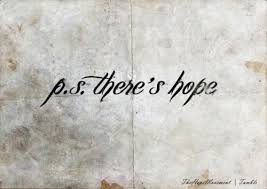Can’t you see the writing on the touchscreen? A techno-utopia is upon us. We’ve gone from smartphones at the turn of the twenty-first century to smart fridges and smart cars. The revolutionary changes to our everyday life will no doubt keep barreling along. By 2018, so predictsGartner, an information technology research and advisory company, more than three million employees will work for “robo-bosses” and soon enough we — or at least the wealthiest among us — will be shopping in fully automated supermarkets and sleeping in robotic hotels.
With all this techno-triumphalism permeating our digitally saturated world, it’s hardly surprising that law enforcement would look to technology — “smart policing,” anyone? — to help reestablish public trust after the 2014 death of Michael Brown in Ferguson, Missouri, and the long list of other unarmed black men killed by cops in Anytown, USA. The idea that technology has a decisive role to play in improving policing was, in fact, a central plank of President Obama’s policing reform task force.
In its report, released last May, the Task Force on 21st Century Policing emphasized the crucial role of technology in promoting better law enforcement, highlighting the use of police body cameras in creating greater openness. “Implementing new technologies,” it claimed, “can give police departments an opportunity to fully engage and educate communities in a dialogue about their expectations for transparency, accountability, and privacy.”

